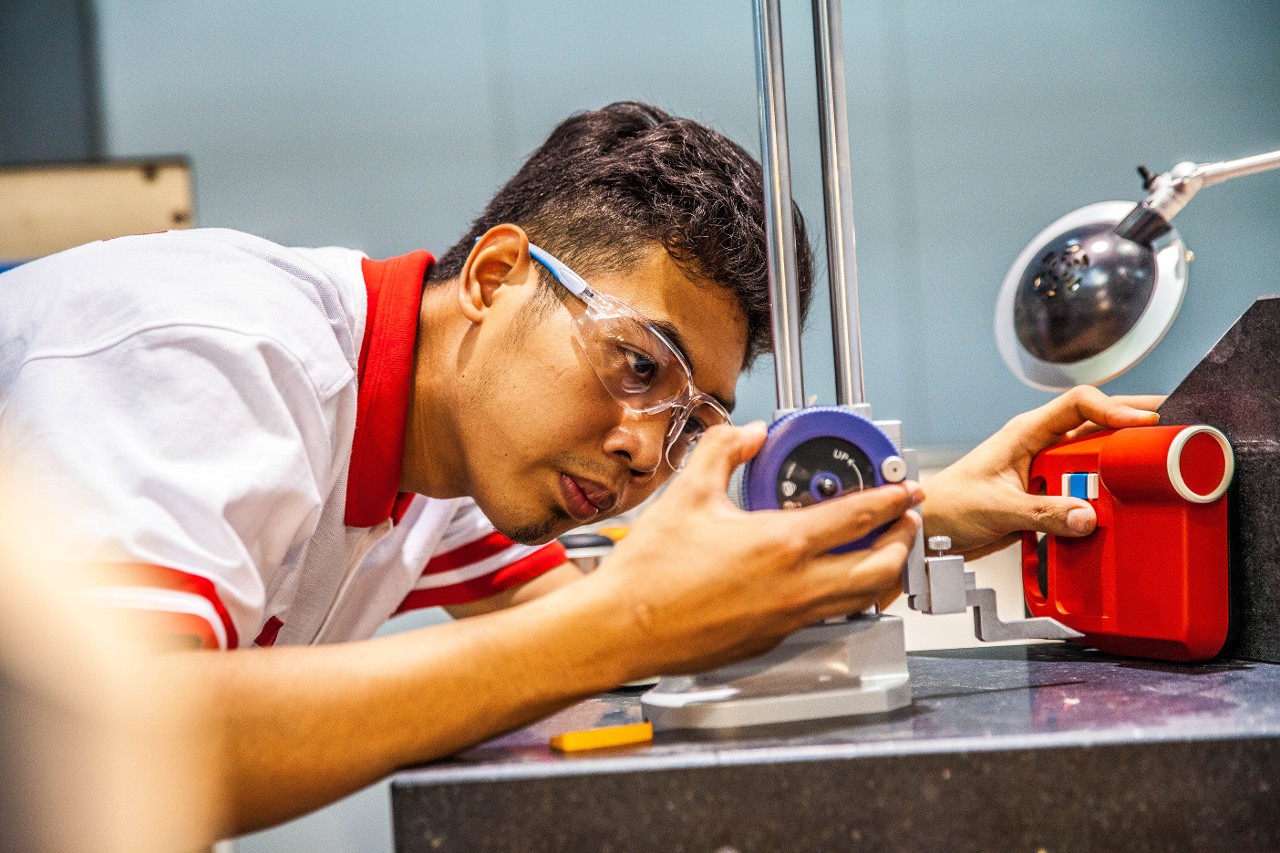Prototype Modelling 45
The prototype modelling practitioner is involved with the design, creation, testing and modification of prototypes. In many fields, there is great uncertainty as to whether a new design will actually do what is desired. New designs often have unexpected problems. A prototype is often used as part of the product design process to give engineers and designers the ability to explore design alternatives, test theories and confirm performance prior to starting production of a new product. Prototype modelling practitioner use their experience to tailor the prototype according to the specific unknowns still present in the intended design. For example, some prototypes are used to confirm and verify consumer interest in a proposed design, whereas other prototypes will attempt to verify the performance or suitability of a specific design approach.
In general, an iterative series of prototypes will be designed, constructed and tested as the final design emerges and is prepared for production. In most cases, multiple iterations of prototypes are used progressively to refine the design. It is common to design, test, evaluate and then modify the design based on analysis of the prototype.
In many product development organizations, prototyping specialists are employed. These are individuals with specialized training and skills in general fabrication techniques that can help bridge theoretical designs and fabrication of prototypes. For a company engaged in rapid prototyping and manufacturing or functional testing, prototype models are crucial for troubleshooting potential problems in the design process.
A team with excellent interpersonal and communication skills will provide clients with confidence that the specialist advice and guidance resulting from prototyping fully supports their production plans. The prototyping engineer will require a range of skills including 3D CAD systems, CAM systems such as milling, printing and other CAM machining, vacuum casting, prototype model making by hand tools and machines, and spray painting and finishing.
Required skills
Numeracy, critical thinking, Mathematics, Computer Science, Analytical Skills, Creativity, read and interpret technical drawings.
Career info
In many fields, there is uncertainty as to whether a new design will actually do what is desired; there can be unexpected problems. A prototype is often used as part of the product design process to give engineers and designers the ability to explore design alternatives, test theories and confirm performance prior to starting production. The prototype modelling practitioner is involved with the design, creation, testing, and modification of prototypes. Practioners in this field manufacture models with many different exciting materials.
Prototype modelling practitioners use their knowledge, skills and experience to tailor the prototype according to the specific unknowns present in the intended design. In general, a series of prototypes will be designed, constructed and tested progressively to refine the design based on analysis of the prototype.
Prototyping specialists are individuals with excellent interpersonal and communication skills which will provide clients with confidence that the specialist advice and guidance resulting from prototyping fully supports their production plans. The prototyping engineer possesses a range of skills related to 3D CAD systems, CAM systems such as milling, printing and other CAM machining, vacuum casting, prototype model making by hand tools and machines, and spray painting and finishing.
At the Competition
The Competitor is expected to:
- Create a prototype model based on 3D CAD data and 2D drawing, using hand tools and machines (CAM or computerised machines are not allowed)
- Use a 3D CAD system (part, assembling, drawing)
- Prepare and dimension a 2D drawing based on the 3D CAD data
- Work with the specified materials based on the selected test project like: chemical wood, casting resin, laminating resin
- Modify minor product details creative
- Finish prototype model surfaces
- Paint prototype model with spray cans
- Decorate prototype model with given materials

